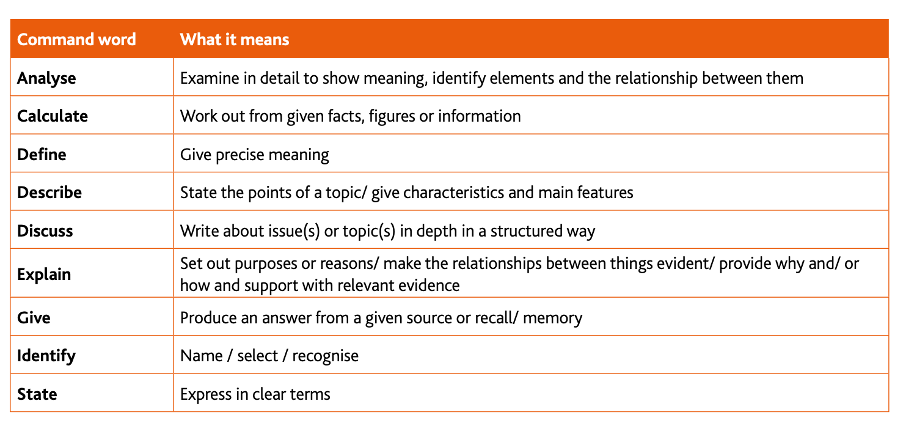IGCSE Economics: Exam Tips for Data Response (Section A)
- Caris

- May 21, 2024
- 2 min read
1. This is worth 30 marks and is based on source material.
2. It is useful to read the question parts first and then read the source material so that you know what you are looking for from the source material.
3. You may be asked to carry out a calculation. If this is the case, it is advisable to show your workings. This is because if more than one mark is awarded for the correct answer, you may be able to gain a mark for the right working even if you make a miscalculation.
4. Pay careful attention to the command words and the marks awarded. For example, if a question part asks you to identify two economic good from the stimulus material, and awards two marks, just state them. Do not waste time explaining them, you will not gain any more marks.
5. The key to a good answer for data analysis question is to refer to the data provided using a structured approach.
Question: Analyse the relationship between countries’ average years of schooling and birth rates. (5m)
i. Starts with a simple overview of the data, identify the relationship (positive/ negative relationship).
Generally, an inverse relationship / the more years of schooling, the lower the birth rate / the fewer years of schooling, the higher the birth rate (1).
ii. The next step is to look for supporting evidences
Germany has the highest years of schooling and lowest birth rate (1) Chad has lowest years of schooling and highest birth rate (1)
iii. There is however an exception in the positive trend, and the next step was to identify this exception.
Nigeria / Eritrea is an exception (1). Nigeria has more years of schooling than Eritrea but a higher birth rate (1).
iv. State the reason of the relationship identified.
More years of schooling is likely to cause people to form partnerships / have children later / focus on careers / increase awareness of contraception/family planning / increase health / reduce size of families (1)
6. The last two question parts, worth 6 marks each, will require you to ‘discuss’. You will need to answer these two questions in some depth, considering both sides of the issues involved. Conclusion is NOT required.











Comments